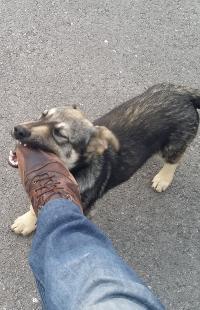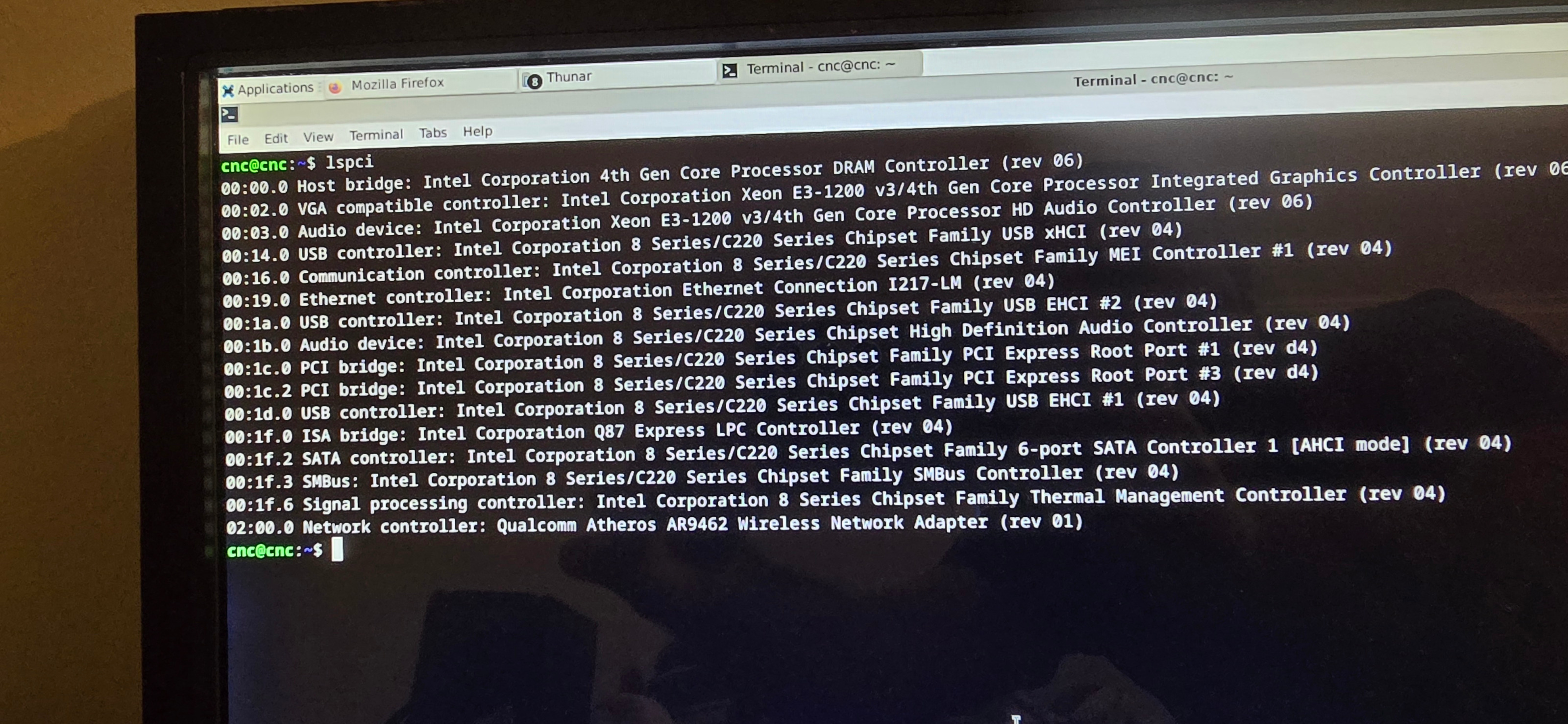Search Results (Searched for: )
- TripleM
- TripleM
23 Nov 2025 07:35
Replied by TripleM on topic Gewindeschneiden G33.1 k-word missing.
Gewindeschneiden G33.1 k-word missing.
Category: Deutsch
- emresensoy
- emresensoy
23 Nov 2025 07:26
Replied by emresensoy on topic LinuxCNC Hardware Survey
LinuxCNC Hardware Survey
Category: Driver Boards
- rodw

23 Nov 2025 05:56
Replied by rodw on topic Chinese Mesa 7I92 from aliexpress NEW
Chinese Mesa 7I92 from aliexpress NEW
Category: Driver Boards
- Sekai
- Sekai
23 Nov 2025 05:35 - 23 Nov 2025 05:42
Replied by Sekai on topic Chinese Mesa 7I92 from aliexpress NEW
Chinese Mesa 7I92 from aliexpress NEW
Category: Driver Boards
- ihavenofish
- ihavenofish
23 Nov 2025 05:15
Replied by ihavenofish on topic lemontart - a call for help with s curve, ui's, and all the cool toys
lemontart - a call for help with s curve, ui's, and all the cool toys
Category: General LinuxCNC Questions
- PCW

23 Nov 2025 04:02
Replied by PCW on topic CNC AXIS IN PARKING MODE
CNC AXIS IN PARKING MODE
Category: Advanced Configuration
- rodw

23 Nov 2025 03:55
Replied by rodw on topic CNC AXIS IN PARKING MODE
CNC AXIS IN PARKING MODE
Category: Advanced Configuration
- mooser
- mooser
23 Nov 2025 01:58 - 23 Nov 2025 02:09
Replied by mooser on topic latency (netowork?) 7010 with 7i96s+7i84u
latency (netowork?) 7010 with 7i96s+7i84u
Category: Computers and Hardware
- tommylight

23 Nov 2025 01:52
Replied by tommylight on topic latency (netowork?) 7010 with 7i96s+7i84u
latency (netowork?) 7010 with 7i96s+7i84u
Category: Computers and Hardware
- unknown
- unknown
23 Nov 2025 01:49
Replied by unknown on topic 2.9.4 7i96s - pendant doesn't go active until after a MDI move is made
2.9.4 7i96s - pendant doesn't go active until after a MDI move is made
Category: HAL
- mooser
- mooser
23 Nov 2025 01:48
Replied by mooser on topic latency (netowork?) 7010 with 7i96s+7i84u
latency (netowork?) 7010 with 7i96s+7i84u
Category: Computers and Hardware
- tommylight

23 Nov 2025 01:44
Replied by tommylight on topic latency (netowork?) 7010 with 7i96s+7i84u
latency (netowork?) 7010 with 7i96s+7i84u
Category: Computers and Hardware
- mooser
- mooser
23 Nov 2025 01:11
Replied by mooser on topic latency (netowork?) 7010 with 7i96s+7i84u
latency (netowork?) 7010 with 7i96s+7i84u
Category: Computers and Hardware
- PCW

23 Nov 2025 00:50 - 23 Nov 2025 00:51
Replied by PCW on topic latency (netowork?) 7010 with 7i96s+7i84u
latency (netowork?) 7010 with 7i96s+7i84u
Category: Computers and Hardware
- mooser
- mooser
23 Nov 2025 00:37
Replied by mooser on topic 2.9.4 7i96s - pendant doesn't go active until after a MDI move is made
2.9.4 7i96s - pendant doesn't go active until after a MDI move is made
Category: HAL
Time to create page: 0.222 seconds

